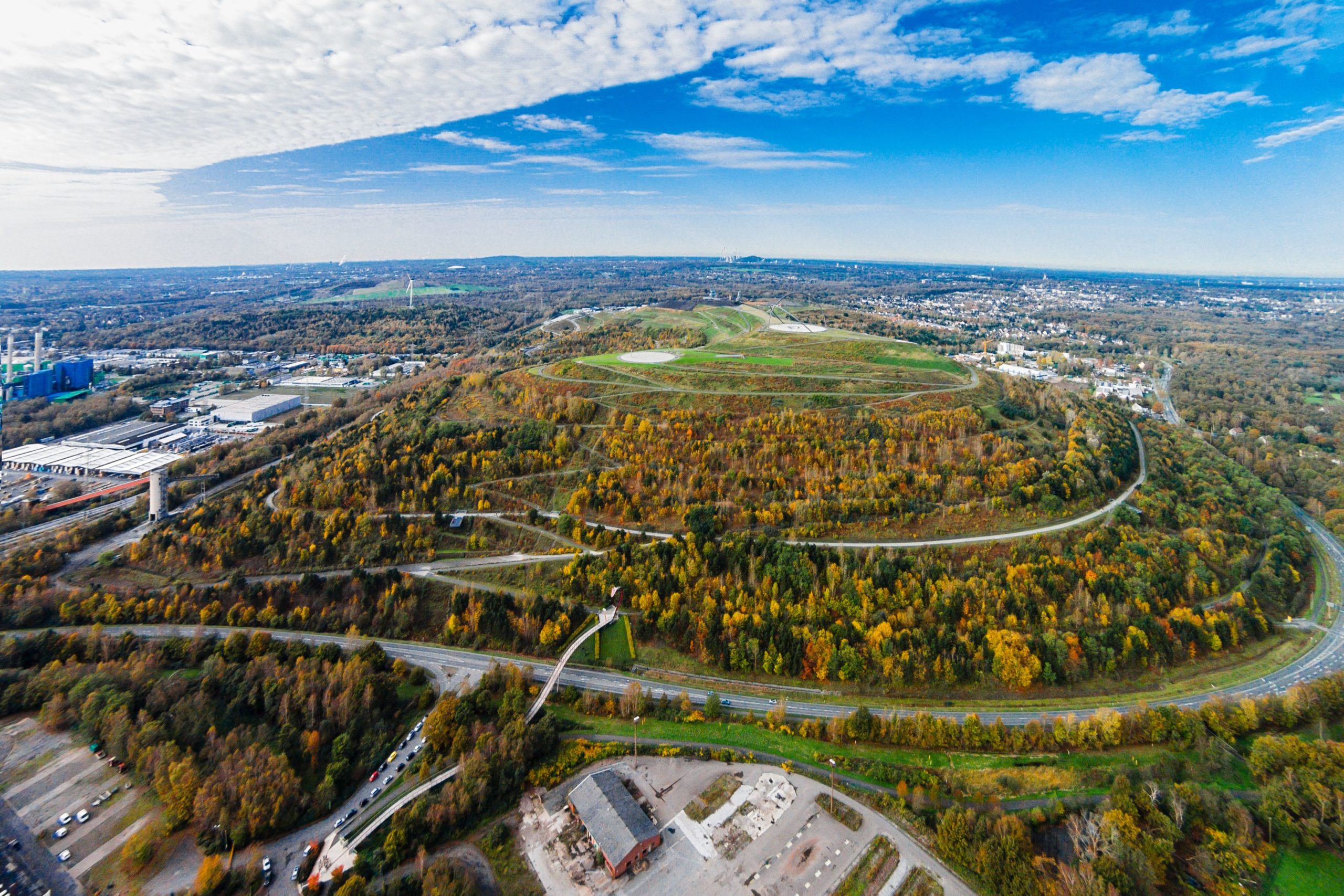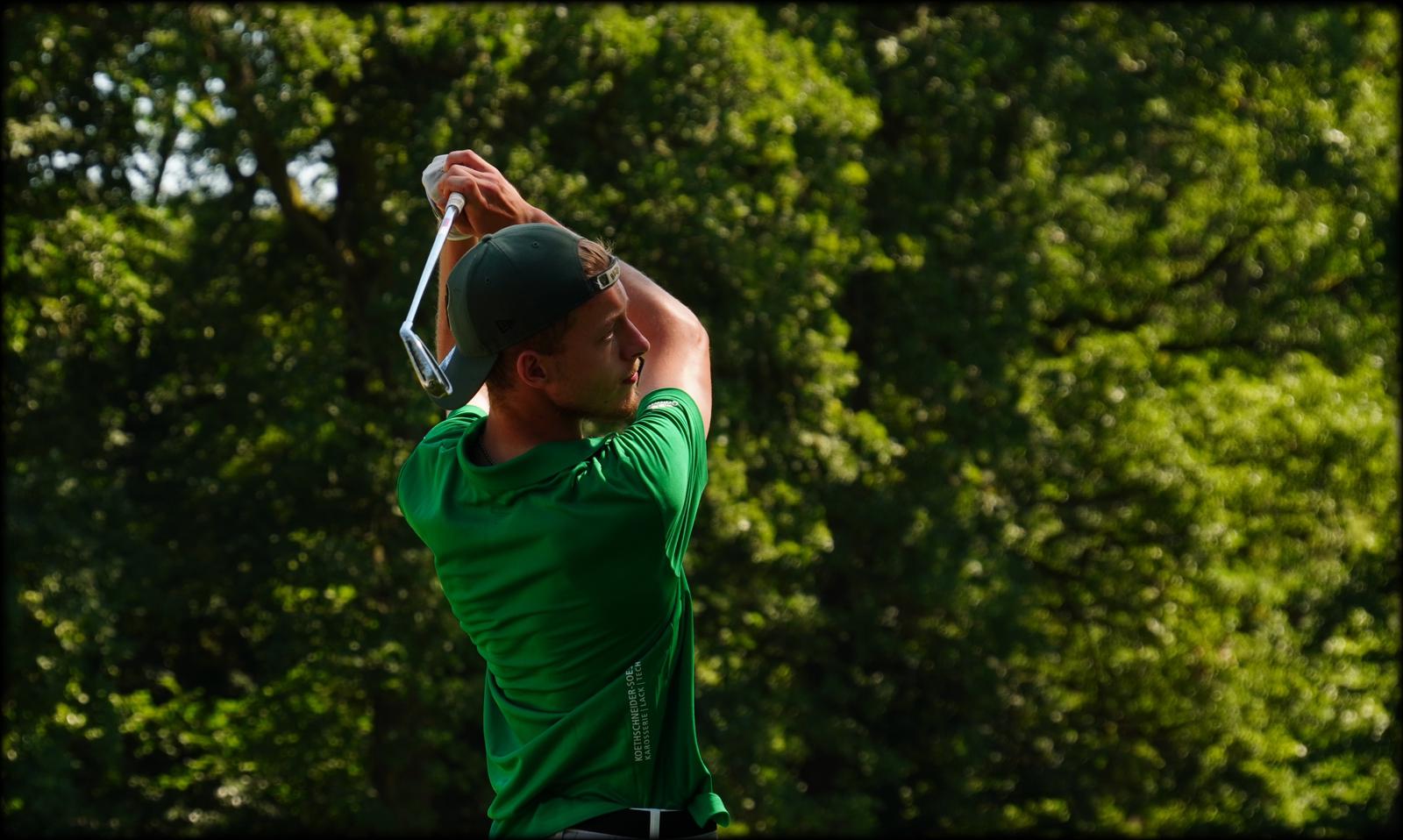Industrial culture
In german we say "Glück auf"

Mining industry
Collieries in the Ruhr Area
Ewald Colliery in Herten
Nestling in the Hoheward Landscape Park is the Ewald Colliery, where coal was mined from 1877 to 2000. It was even a record-breaking site, as it was once the deepest mining shaft in the Ruhr region. Today it is home to the Hoheward slagheap visitor centre and the RevuePalast Ruhr.
Zollverein Colliery in Essen
The Zollverein Coal Mine and Coking Plant industrial complex, which was designated a UNESCO World Heritage Site in 2001, is considered one of the most imposing industrial monuments in the world. During its active industrial period, it was the largest coal mine in the world. Today, it is a place of art and culture with many visitors.
Photo: Gerd Koch

Aim high
Halde Hoheward
In the heart of the Metropole Ruhr lies the Hoheward Landscape Park – Europe’s largest slag heap from the coal mining industry.
Here there is an impressive summit experience with a 360-degree panormama over the Ruhr region, sundial, an oversized open-air planetarium and much more, all of which can be explored on foot, by bike or even on SEGWAY tours.
Photo: Gerd Koch














